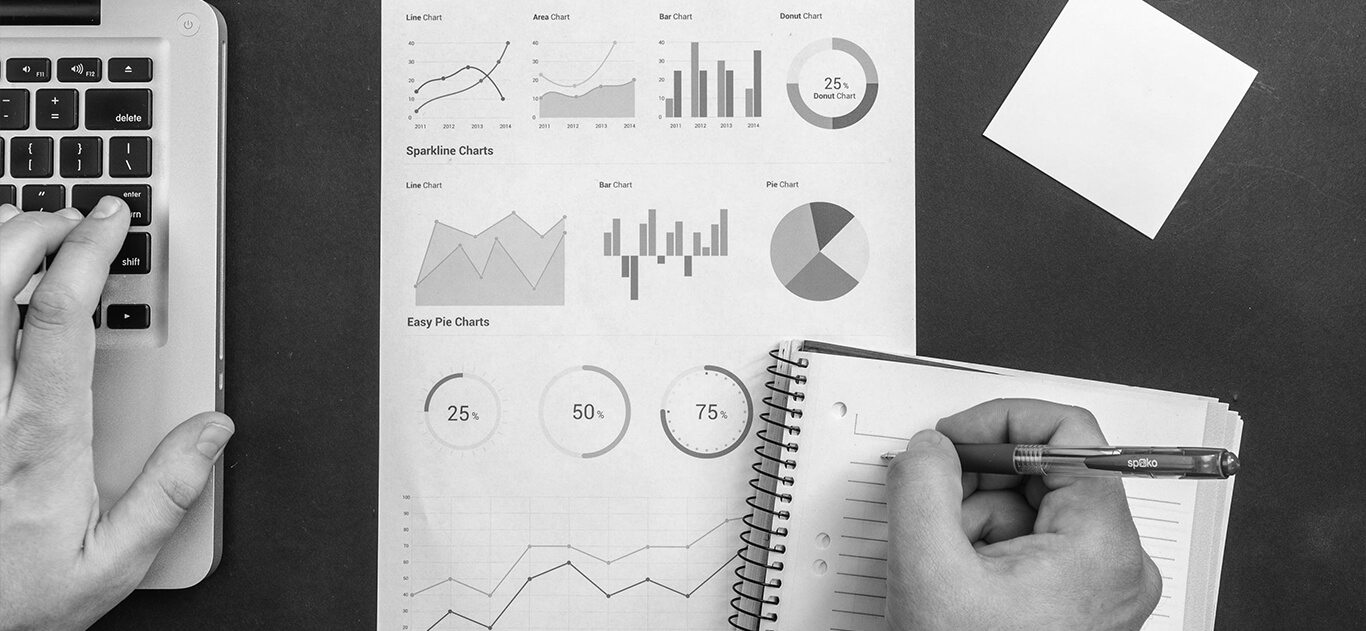Projected market rates of return.
The Australian sharemarket delivered a total return of 23.77% in the calendar year 2019. This was the best performance since 2006 when the return was 25%. It was also an unexpectedly good result given that the mood at the start of 2019 was very sour.
Some of the reasons for the good returns were:
- The market was down at the end of 2018 so a level of recovery was already built in.
- The trade war didn’t cause as much disruption as expected.
- Interest rates fell during the year.
- The Australian Dollar fell during the year.
- Average iron ore prices were higher.
The underlying economic trends are relatively bad with low GDP growth, low wage growth and low price inflation. We are experiencing external shocks with the bushfires and coronavirus. The US have an upcoming presidential election and UK will effectively Brexit at the end of the year. There was no good reason for the sharemarket to go up but despite this, it hit a new record high on 20 Feb.
The main driver seems to be low interest rates. Cash returns are so low that most investors prefer to invest into risky assets rather than take a guaranteed negative real return in cash or government bonds. The cash rate is currently 0.75%. Australian government 10 year bonds are currently yielding slightly less than 1% per annum.
Projected returns for other markets are:
Australian Shares 4-6%
Global Shares 4.5-6.5%
If you are looking for a higher return it is possible the Emerging Markets, Small caps and Value shares will deliver slightly higher returns. It seems that 7-8% is likely to be the absolute maximum return until interest rates return to a more normal level.
Covid-19 coronavirus impact
The first known case of a new SARS like coronavirus occurred on 1 December 2019 and a public notice on 31 December. On 23 January significant numbers of cases had been found in China and the quarantine of Wuhan province commenced. Travel bans and other precautions began to be instituted from that date onwards.
Up to 20 February there was no sharemarket impact from Covid-19. Over the next 7 trading days The Australian All Ordinaries index fell by 950 points (-13%). Global sharemarkets have all fallen by similar amounts. The Australian Dollar has fallen against the US Dollar by 7% since 1 January.
The latest economic figures from China are showing worse results than during the GFC in 2008/09. Economists are predicting a China will suffer a fall in GDP of 0.5% to 1% this year. For Australia that will mean a 0.35% to 0.7% fall in GDP from Covid-19 on top of a 0.2% fall due to the bushfires. That is enough to push us into negative growth for this quarter. Most people in the market expect the reserve bank to cut interest rates in response.
Should I sell out now?
That depends on your motivation for selling:
1. You cannot accept losses on your capital.
If you are investing in growth assets and you have an urge to sell them all because the market went down then there is a question about what your expectations were in the beginning. This correction so far has only wiped out half the return from the last 15 months. The total return since 1 January 2019 is still more than 10%.
There have been 6 market corrections of at least 15% in the last 33 years (roughly once every 5-6 years). Sharemarkets will always be volatile and it’s something that you need to become comfortable with to be a successful investor.
2. You need to use your capital for something within the next 12 months.
If you have a short time horizon it’s unlikely that this crisis will be resolved quickly enough for the market to strongly recover.
3. You believe you can get a higher return in less risky investments.
In the short term that may be possible.
For investors with a longer time horizon of say 5 years or more, it is very unlikely that cash or bonds will deliver a better return than shares over that period. Even if the market falls another 20% it only needs to get an average 5% a year after that to beat cash.
If the expected return over the next 5 years was 6% before the market went down it could be as high as 9% per year after the market went down. Government stimulus and lower interest rates can push this even higher. This is why selling out after a crash is usually a terrible idea.
4. You want to buy back into the market after things go back to ‘normal’.
There is always a story about someone who miraculously manages to sell out of their investment before the market crashed. If you can sell high and buy low you will get great returns. The reality of this is noone has been proven to do this consistenly.
The main problem with this strategy is timing your move back into the market. By the time the crisis is resolved it is likely that the market will be above where it is today and you will be worse off than buying and holding.
Want to disucss this further?
Nobody knows what will happen tomorrow but it always helps to discuss your decision with a level-headed person. it is definitely a good time to review your goals and ensure that your portfolio is still aligned with them.

